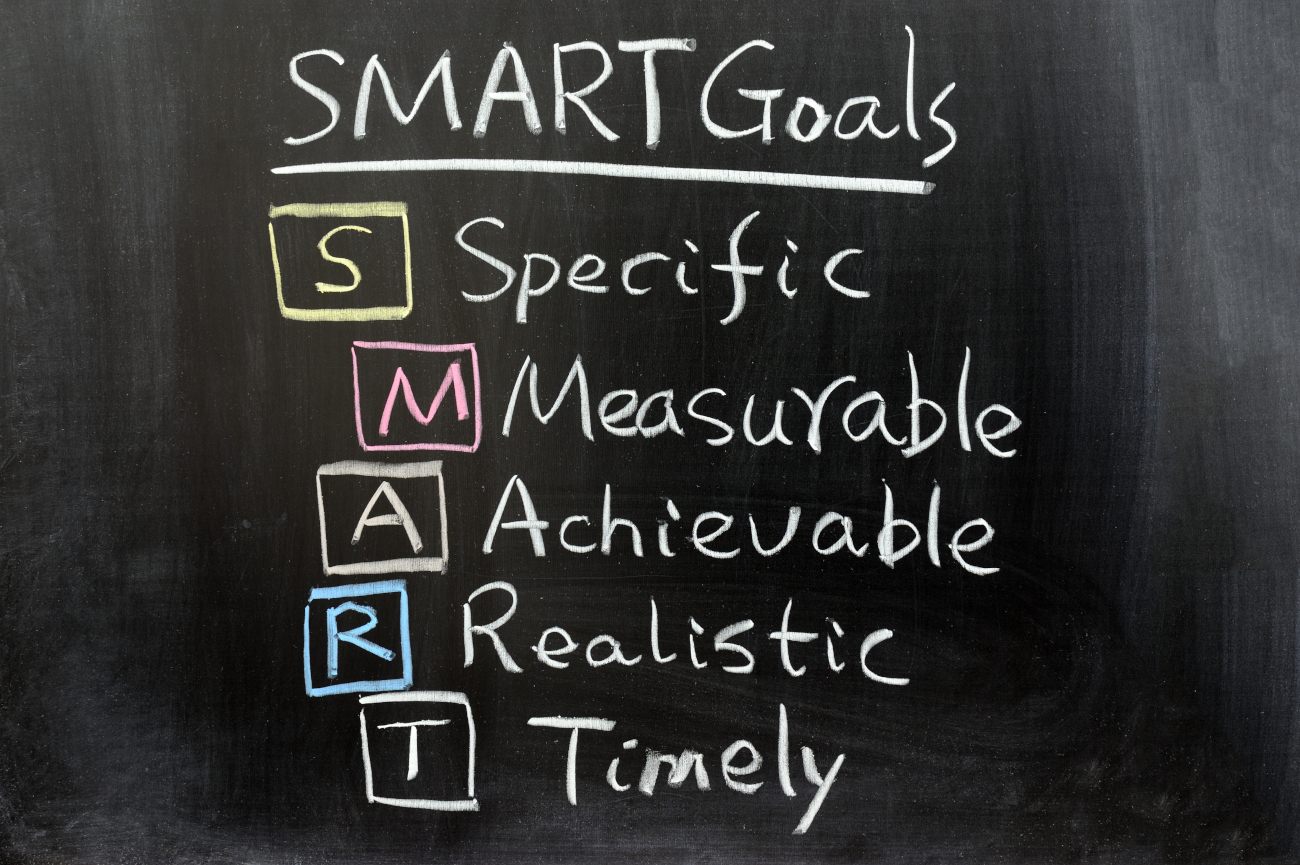Your eLearning program should be engaging and interesting. It’s important to provide enriching and even entertaining experiences for your learners. This keeps them motivated and can help the new information they learn stick. However, it is also vital to keep your business goals in focus.
A great training program is wonderful, but it won’t be as beneficial if it doesn’t help your team move closer to your objectives as a company.
Before you begin building a training program or designing new courses, you should first make sure you know where you are headed. Do you know what you want to accomplish in the long and short term? Have you considered how training can help you move towards those goals?
If you haven’t already, you should create a list of objectives to help guide you. This should be written out so you can reference it any time you make decisions about your training program.
Define Your Business Objectives
As mentioned above, you should have a list of objectives that will guide you through this process. These should be well defined.
A good approach is to use the SMART method. SMART stands for Specific, Measurable, Achievable, Realistic, and Timely. This will ensure that your goals are clearly stated, measured, and realistic as well as relevant. Research has found that the more specific a goal is, the more likely you are to accomplish it.
Depending on the size and hierarchy within your organization, setting goals may require input from multiple parties. This is especially true for larger or long-term objectives that may involve more people or departments. Make sure you have consulted all necessary individuals before finalizing your business objectives list.
Look for Skill Gaps and Missing Roles
Now that you know what you want to accomplish, you can figure out what and who will be needed to get there. You should audit your existing resources and team. Look for skill gaps or missing roles that will be required to reach your objectives.
Is there a new job role that will be needed or an old one that was never filled when someone left the company? Does your team lack an essential skill or two to effectively meet your goals?
Your new training program should address these problems. Some LMS platforms include convenient reporting and analytics that can quickly identify skill gaps. These tools are valuable as you work to align your eLearning efforts with your business objectives. They are also helpful moving forward because they allow you to stay on top of any skill gaps that may appear in the future.
Create a Goal-Focused Training Strategy
Next, you should create a strategy that addresses the missing skills and roles from the previous step and pushes you closer to your objectives.
Your strategy should give your team plenty of room to thrive while making sure that those skill gaps are addressed. It should also help build momentum toward your goals. For example, if you want to lower production time for a product, then your training program should include courses that teach employees how to use equipment more effectively. You can also add time management courses and similar topics.
On the other hand, if you would like to improve the customer experience, then your eLearning courses should cover customer interactions.
Looking at all the potential courses that you may need to produce can be intimidating. Keep in mind that if you don’t have the time or resources to author your own content, many LMS platforms offer on-demand course catalogs or connect with third-party eLearning marketplaces that do the same. You can get instant access to a pre-made course that covers a subject your team needs without investing time and resources into making it yourself.
Share Your Objectives and Strategies
You shouldn’t keep your team in the dark when it comes to business objectives. They need this information so that they can also make good decisions that align with what you want to achieve. That rule should also apply to your training efforts.
Share your objectives and strategies with your team. Let them see measurable goals as well as milestones you have set to get there. Communicate the purpose of your training program. Your employees should understand how training will help them do their part to meet business objectives.
This can also create opportunities for career growth and promotion. Existing team members may be interested in new job roles or may want to develop skills that close those knowledge gaps. Having the chance to become better, more capable employees will increase job satisfaction while strengthening your team. It is a win-win for everyone!
Build Your Online Training Program
Once you have your strategy and courses ready, it’s time to deploy your online training program. Make sure your team knows how they can find courses. Many LMSs include mobile access so that learners can jump on and train from anywhere at any time.
Remember that you have to make this information readily available. Your trainers should work closely with employees to ensure that they know how to log in and have what they need to reach their personal training goals.
This is also a good way to integrate ongoing learning as a part of your corporate culture. Younger talent is more interested in opportunities that allow them to develop their careers. This can be a strong selling point in your recruitment program, and it can boost employee retention.
You will need a centralized place to house your eLearning courses and resources. Visit LMS.org to discover learning management systems that meet your team’s needs and budget.







